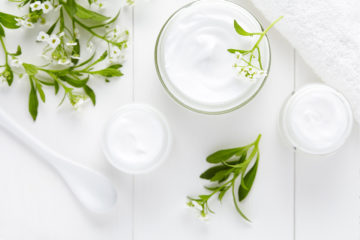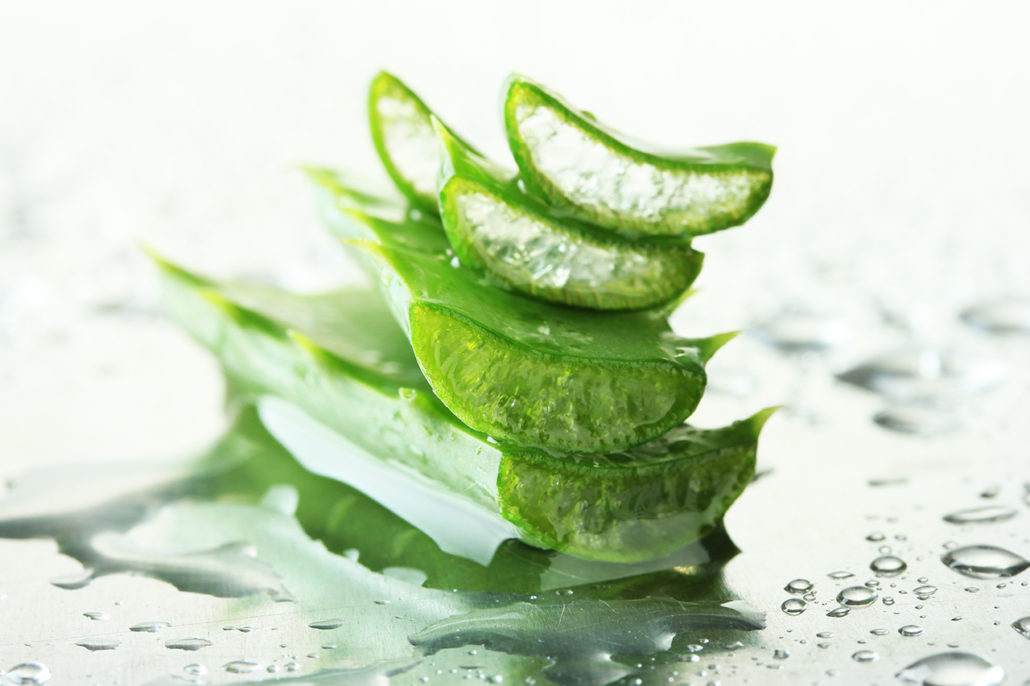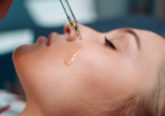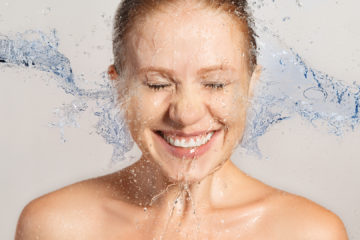Aloe Vera Is Overrated. But It’s Not Bad Too
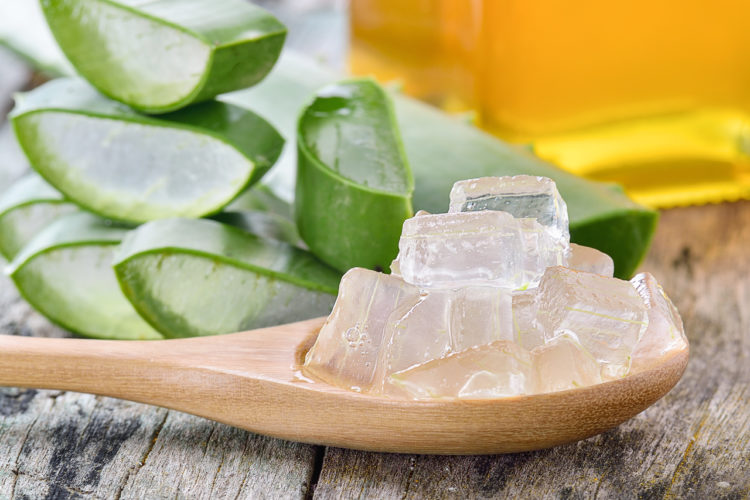
Why Is Aloe Vera Overrated?
To date, there isn’t any real evidence that Aloe Barbadenis (also known as widely as Aloe Vera) helps your skin in any significant way.
Aloe vera serves as a water-binding agent for skin because of its sterol and polysaccharide (complex carbohydrate) content and its glycoprotein properties can promote wound healing.
Although research has shown that aloe vera has anti-inflammatory, antioxidant, and antibacterial qualities, no study has proven it to be far more superior to other ingredients with similar properties, including those such as vitamin C, green tea, pomegranate, and many other antioxidants. When mixed into a skincare or cosmetic product, it is doubtful that those qualities remain, although it still plays a role in binding moisture to your skin.
But before you toss out your beauty products, here’s why aloe vera is one of many beauty brand’s favourite ingredient choice.
Aloe Vera – One Of The Many Super Star Anti-Irritant Ingredient
Anti-irritant ingredients make up another vital aspect of any skin-care formulation. Regardless of the source, irritation is a problem for all skin types and is almost impossible to avoid. Whether it is from the sun, oxidative damage from pollution, the external change from environment, or from the skin-care products a person uses, irritation can be a constant assault on the skin. Other super star anti-irritant ingredients include allantoin, bisabolol, burdock root, chamomile extract, glycyrrhetinic acid, grape extract, green tea, licorice root, vitamin C, white willow, willow bark, willow herb, and many, many more.
Anti-irritants are incredibly helpful because they allow skin healing time.
What to Do When Your Skin Is Injured
The skin is unique, but unfortunately, response to injury is scarring. However, the skin almost miraculously always regenerates quickly. It essentially renews itself in two to four weeks! Depending on your genetic makeup and the depth of the injury, scarring can range from a slightly reddish discoloration to a thick, raised red or darkened scar (described as hypertrophic or keloidal), to serious disfigurement.
1. Avoid Applying Too Much Creams
Whether it is from acne, getting cut or during an operation, you should allow your skin to “breathe” as much as possible when it first experiences damage. Do not gunk up the area with creams, lotions, or vitamin E from capsules. Rubbing creams and lotions on a wound can damage fragile skin in the first stages of healing.
2. Do Not Overclean Your Wound
Keep the damaged skin clean (but don’t overclean it); and using a gentle cleanser is the best way to do this. If you suspect there is a risk of infection, consider using an over-the-counter antibacterial.
3. Use A Lightweight Well-Formulated Skincare Product
If you do want to apply something soothing to the skin, use a very lightweight serum or pure aloe vera gel. Aloe Vera’s benefit for wound healing is mostly anecdotal. However, aloe vera’s unique ability to allow the skin to breathe feel and sooth skin makes it a great option to consider in the beginning. A well-formulated serum or moisturizer that contain anti-irritants and antioxidants is the best way to help the wound continue healing.
4. Don’t Forget Sun Protection
Once the wound is healed, keep it out of sunlight as much as possible. After that, remember it’s imperative to protect the area with sunscreen. Sun rays damage your skin and doesn’t promote healing.





